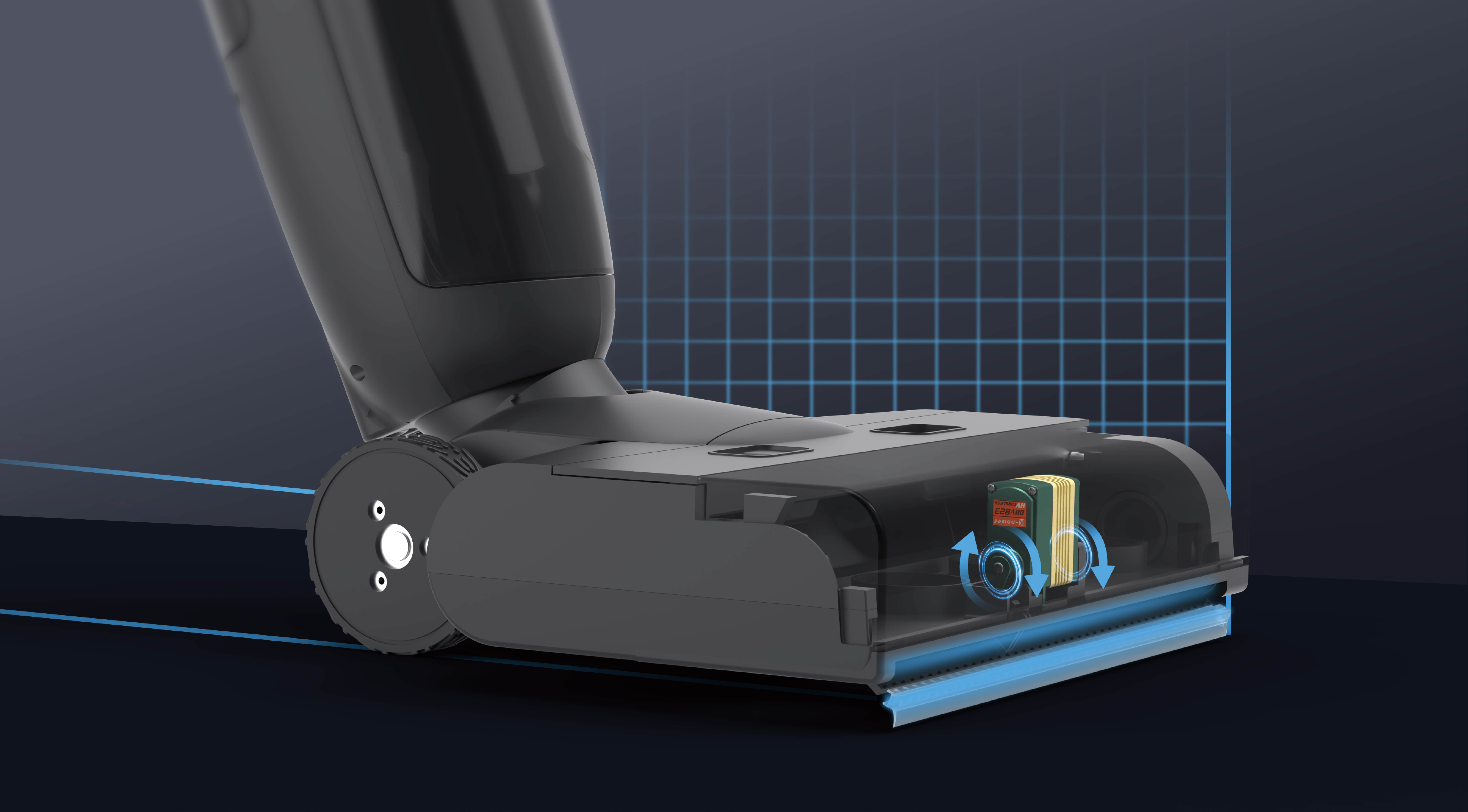When you’re working with stepper motors—those silent workhorses of precision machinery—sometimes a gear needs to come off. Whether for maintenance, replacement, or troubleshooting, removing a gear can seem intimidating at first glance. But with a gentle touch, patience, and a bit of know-how, it’s a task that’s perfectly within your grasp.

Imagine if steps could be like a calming dance—you don’t rush into it; instead, you flow through each move with mindfulness, ensuring nothing gets damaged. That’s the essence of removing a gear from a stepper motor: patience, care, and attention to detail.
Understanding the components
Before diving into the removal process, it’s helpful to understand the basic parts involved. The gear is usually mounted onto the shaft of the stepper motor using an interference fit, set screws, or a retaining clip. Each mounting method demands a slightly different approach.
Interference fit (press-fit): The gear is pressed onto the shaft tightly, often without screws. Removing it requires careful application of force. Set screws: These are small screws that clamp the gear onto the shaft. Loosening or removing the screw usually frees the gear. Retaining clips or pins: Some gears are retained by clips or pins that need to be gently pried out.
Knowing the attachment method is crucial because applying force haphazardly can damage the gear, shaft, or motor itself. The goal is a clean removal that preserves all components for future reassembly or replacement.
Preparation and safety measures
Before proceeding, gather your tools and set a safe environment. This includes:
A clean, well-lit workspace to see every detail. Appropriate tools like screwdrivers, pliers, small pry bars, or bearing pullers. Possibly, soft mallets, nylon pry tools, or even heat (used carefully) for stubborn gears. Safety glasses to protect your eyes from any unexpected releases or slippage. Patience — rushing often leads to damage or injury.
Step-by-step: How to begin
Power off and unplug: Always start with the motor disconnected from power sources to avoid any electrical hazards or accidental movements.
Secure the motor: Mount the motor firmly on your work surface or clamp it in a vise (with soft pads to prevent damage). Stability is key for controlled manipulation.
Determine the attachment method: As mentioned earlier, examine how the gear is mounted. Is there a set screw? A clip? Is it a friction fit? Your approach depends largely on this.
Remove any retention devices: If your gear is held with a screw, a small flat-head or Allen wrench will usually do it. Carefully unscrew it, holding the gear steady to prevent it from spinning away or getting damaged.
Apply gentle force if needed: For interference fit gears or press-fits, do not pull or pry abruptly. Instead, consider methods to loosen it gradually:
Heat: A small amount of gentle heat can expand the metal slightly, loosening the fit. Use a heat gun or a controlled hot air source, aiming carefully to avoid damaging other parts.
Lubrication: Applying a tiny bit of WD-40 or similar penetrating oil around the shaft can aid in easing the gear off, especially if corrosion or dirt is present.
Use the right tools: Pry gently with nylon or plastic tools to avoid marring metal surfaces. A small flat pry bar inserted carefully at the edge can sometimes do the trick, but always apply even and minimal force.
Careful prying and rocking: Work slowly, rocking the gear back and forth if possible, to loosen it incrementally. This reduces the chance of deformations or misalignments.
Insights on common challenges
Sometimes, the gear refuses to budge despite your careful efforts. Do not force it too hard, as this can strip threads, crack the gear, or damage the shaft or internal bearings.
In stubborn cases, patience and additional steps often help:
Reheat the gear slightly and apply more lubricant, then wait a few minutes. Use a gear puller—specialized tools designed to evenly distribute force and gently remove gears without damage.
Remember: The mindset
Approach this task as if you are gently unwrapping a gift. Every move should convey patience and respect for the components. Rushing or forcing can turn a simple gear removal into a costly repair. Sometimes, stepping back, relaxing, and reconsidering the approach with fresh eyes is the best strategy.
In the next part, we’ll delve deeper into advanced removal techniques, common pitfalls to avoid, and tips for reassembly and maintenance. Patience pays off—your stepper motor will thank you!
Leveraging innovations in modular drive technology, Kpower integrates high-performance motors, precision reducers, and multi-protocol control systems to provide efficient and customized smart drive system solutions.




































